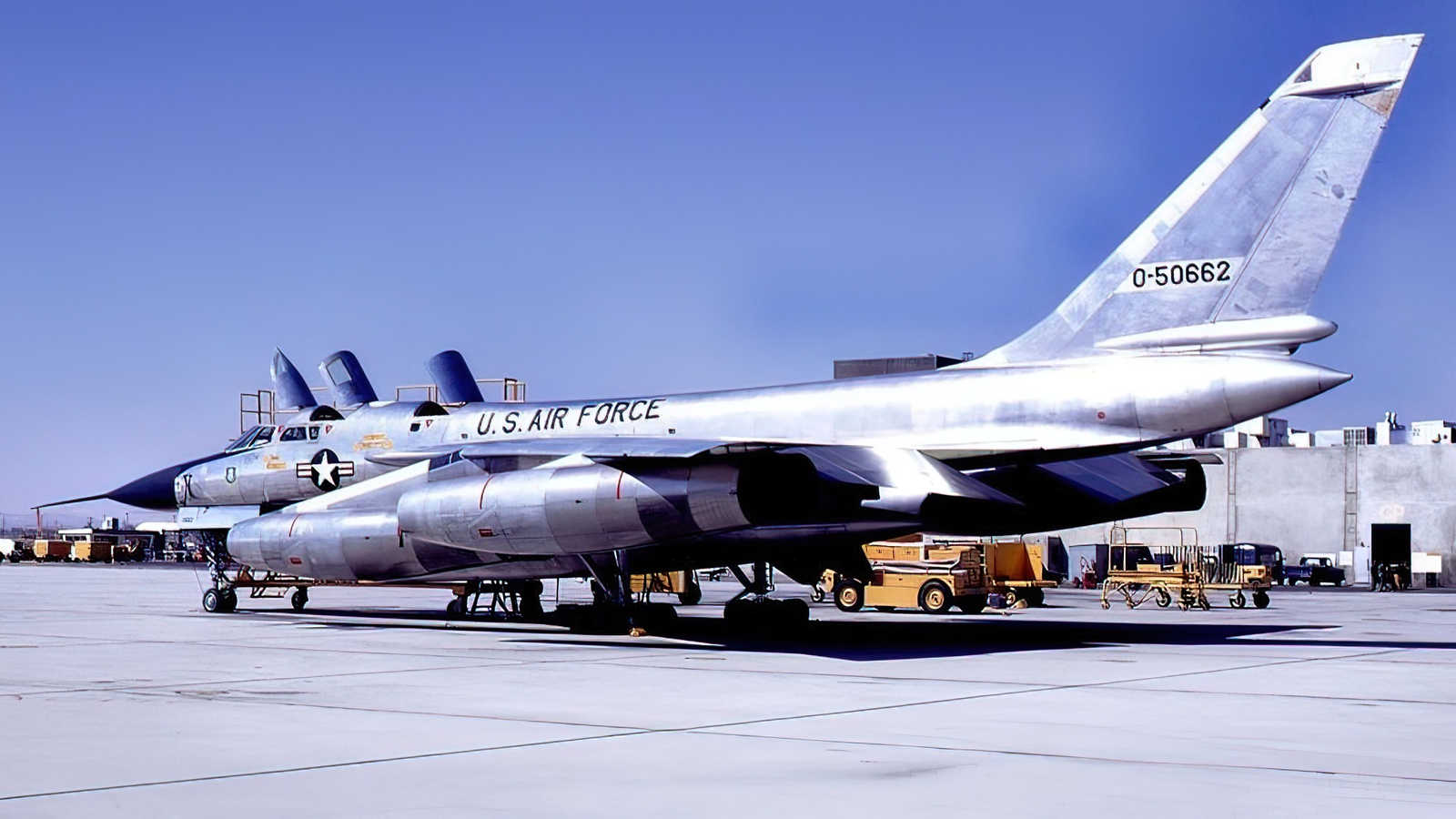
The Convair B-58 Hustler was the most daring of the Cold War-era aircraft—a high-flying, high-speed bomber beyond Soviet missile range. Its futuristic lines and incredible performance gave it a legitimate iconic status, but the history of the Hustler is also one of idealism versus prudence, and of the cost of rushing technology too fast, too far.

The development of the B-58 began in the late 1940s with the Generalized Bomber Study (GEBO II) of the United States Air Force. The mission was simple but bold: create a bomber that could outrun and out-climb any of the Soviet missiles or fighter planes. The idea was as much theoretical as practical at the time, and the projected costs were astronomical.

Nevertheless, the Air Force insisted, calling for proposals from the country’s best aerospace firms. In 1952, Convair won the contract with a sleek delta-wing design, borrowing insights from post-war research, including studies conducted in Germany during WWII.

Right from the start, the B-58 was intended to impress. Its delta wings swept back sharply, its long, narrow fuselage and four GE J79 engines mounted on top of the wings gave it an aerodynamic, extraterrestrial look. These engines had been built to withstand supersonic flight for extended periods, and honeycomb sandwich panels were used in the airframe to shed the high heat generated at Mach 2.

The most distinctive feature of the Hustler was the external pod long carried under the fuselage. It had extra fuel and a nuclear weapon, as the narrow fuselage was of limited use inside. Later designs even had external hardpoints on which to carry more than one nuclear weapon, emphasizing the aircraft’s strategy.

Inside, the three-man crew—pilot, navigator/bombardier, and defensive systems operator—sat in a line of separate cockpits. Communication was cramped, and crews had supposedly employed a string-and-pulley method for note exchange. In place of conventional ejection seats, each member of the crew wore a personal escape capsule, animal-tested to ensure survivability at supersonic speeds and to act as a flotation device should the need arise.

Performance, however, did not let it down. The Hustler achieved nineteen world speed and altitude records, including a coast-to-coast flight across the United States in under five hours and a Mach 2 flight from Tokyo to London. The J79 engines were deemed to be a breakthrough, setting a template for jet propulsion that would be used for decades to follow.

But it cost dearly to produce this cutting-edge performance. The B-58 was costly to manufacture and operate, far more so than the previous models like the B-47 or B-52. Safety was also a problem: more than one-quarter of the aircraft were destroyed in crashes, which took the lives of 36 men. Of 116 built, 26 were lost—a sobering statistic for a bomber designed to do nuclear strikes.

The strategic landscape was transformed totally with the introduction of the Soviet S-75 (SA-2 Guideline) surface-to-air missile. When it successfully downed a U-2 at 70,000 feet, the illusion of speed and height being sufficient to defend an aircraft was shattered. The Air Force tried low-level flight operations to avoid radar detection, but the Hustler was never designed for this purpose. Turbulence, shorter range, and greater fuel consumption made these flights problematic, turning their greatest strengths into liabilities.

By 1970, just ten years after it was put into service, the B-58 had been decommissioned. It never entered combat, and its mission was transferred to the FB-111A, which was better adapted to the evolving nuclear strategy. There are a mere eight B-58s now saved in museums across the United States, memories of a time when speed and altitude were everything in aerial combat.

The history of the B-58 Hustler is inspiring and cautionary. It presented us with the height of technological potential, but simultaneously put the threats of progressing too quickly without concern for pragmatic realities into perspective. In spite of the fact that it was in service only briefly, the Hustler remains a Cold War symbol of ambition—a reminder of human ingenuity and a demonstration that even the most sophisticated gadgets can become outdated almost overnight.
